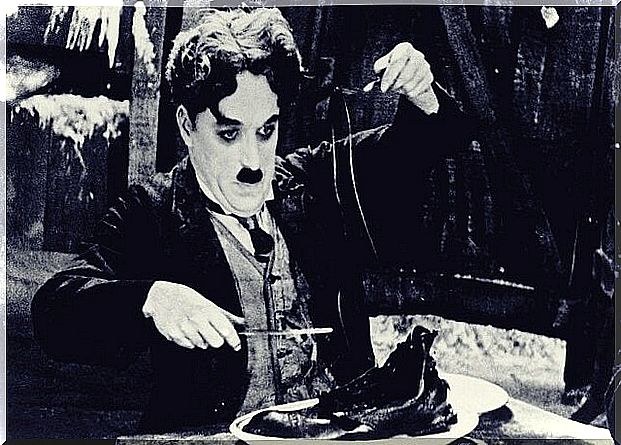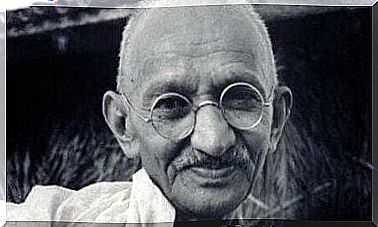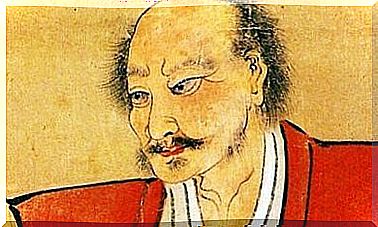Everything You Need To Know About The Fascinating Washoe Project
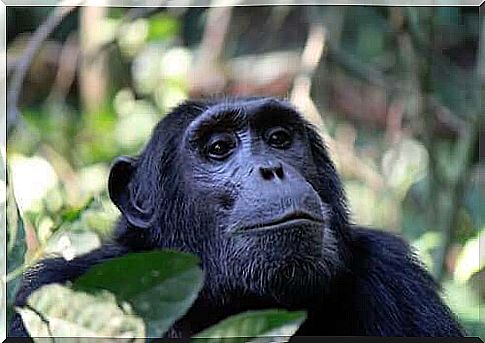
The Washoe Project is both fascinating and moving. Washoe is the name of a female chimpanzee, the first non-human animal to learn American Sign Language. For many, this project represents much more than an experience: it is a revelation of nature.
The Washoe Project began on June 21, 1966, led by Drs Allen Gardner and Beatrix Gardner. The little chimpanzee was only 2 years old at the time.
Washoe was born a year before the experiment began, in West Africa where she was captured and brought to the United States by that country’s air force. It was intended for use in NASA experiments, but the Gardners adopted it and started Project Washoe.
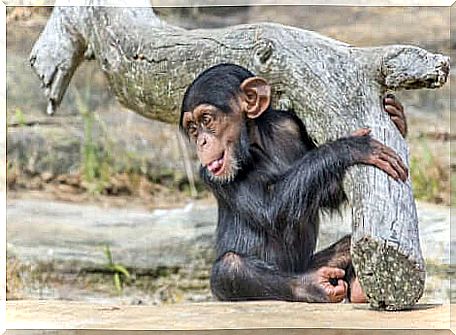
The Washoe project
Allen and Beatrix Gardner had worked with monkeys before starting the Washoe Project. By this time linguistics had become an area of great interest and the Gardners wanted to know if it was possible to teach human language to animals.
Before Washoe, they had adopted chimpanzees twice to try and teach them to speak like humans. Both attempts failed and scientists concluded it was because the anatomy of apes made articulate language impossible.
When Washoe came into their lives, they had given up on teaching monkeys to speak: they thought sign language was the most appropriate language. The hands of this species are very similar to ours, so the probability of obtaining satisfactory results was higher.
Washoe’s education
The Gardners also believed it was best to raise Washoe like she was human. She therefore received the same education as that given to a child. They wanted to know if the chimpanzee was able to learn the language naturally, like a human baby does.
So Washoe had her own outfit and sat down to eat at the table with the couple. She also had her own things: toothbrushes, combs, books and toys. When she grew up, she had her own trailer which included a living room, kitchen, dresser, refrigerator, and a fitted bed.
At the age of 5, the Gardners then handed over custody of Washoe to Roger and Deborah Fouts. Since then, the Fouts have taken care of her by keeping the same parameters of life that she had with the Gardners.
An intelligent being
All caregivers in Washoe were to use sign language and refrain from using spoken language. They didn’t want her to feel different from others: signs were the natural form of communication. Little by little, she learned to communicate with humans.
They did not apply any conditioning method to Washoe for this learning. In other words, they did not reward her for her accomplishments, as is usually done with the animals one trains, but she was allowed to learn by imitation. What she did. In the end, Washoe knew over 350 words.
Washoe had his own personality. She enjoyed spending time looking at books in her spare time. She also liked to see shoe catalogs, and generally speaking, shoes caught her eye. Plus, she had a great sense of humor.
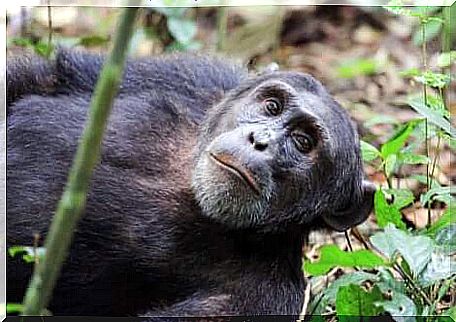
More than an experience
Two events caught the attention of scientists and neither of them were foreseen in the Washoe project. The first took place when one of the chimp’s caregivers had to leave to give birth to a baby who later died. His absence saddened Washoe.
When the caregiver returned, she told Washoe, in sign language, what had happened to her. The chimpanzee looked down, then traced with his finger the path of a tear on the face of this grieving mother. This not only showed that she had a high level of understanding, but that she differentiated between emotions and felt empathy.
The other amazing event took place when they placed her in front of a mirror and asked her who was in the mirror. She replied “Yo, Washoe” . This means that she had self-awareness, higher cognitive function.
Washoe died in 1965. Many who knew about the project called for the primates to be declared “non-human people”. And you what do you think ?
